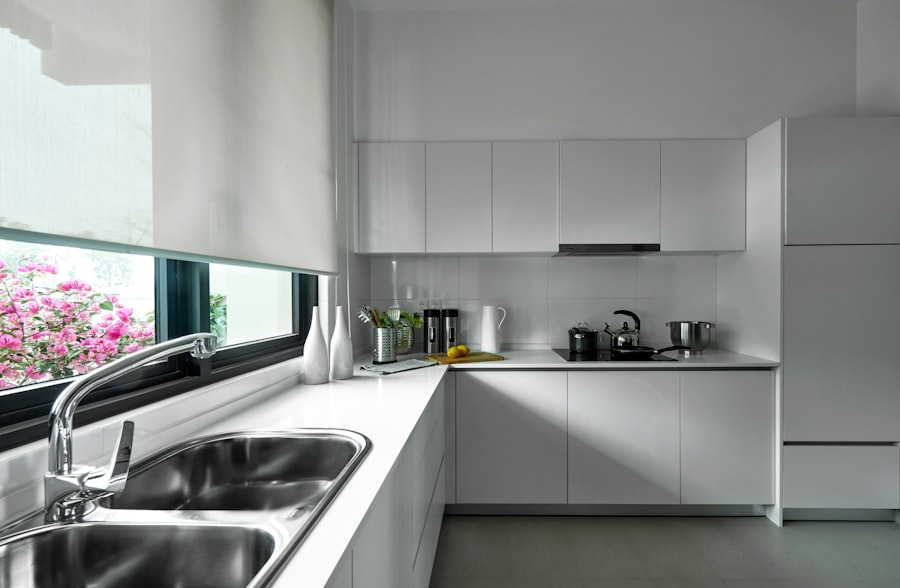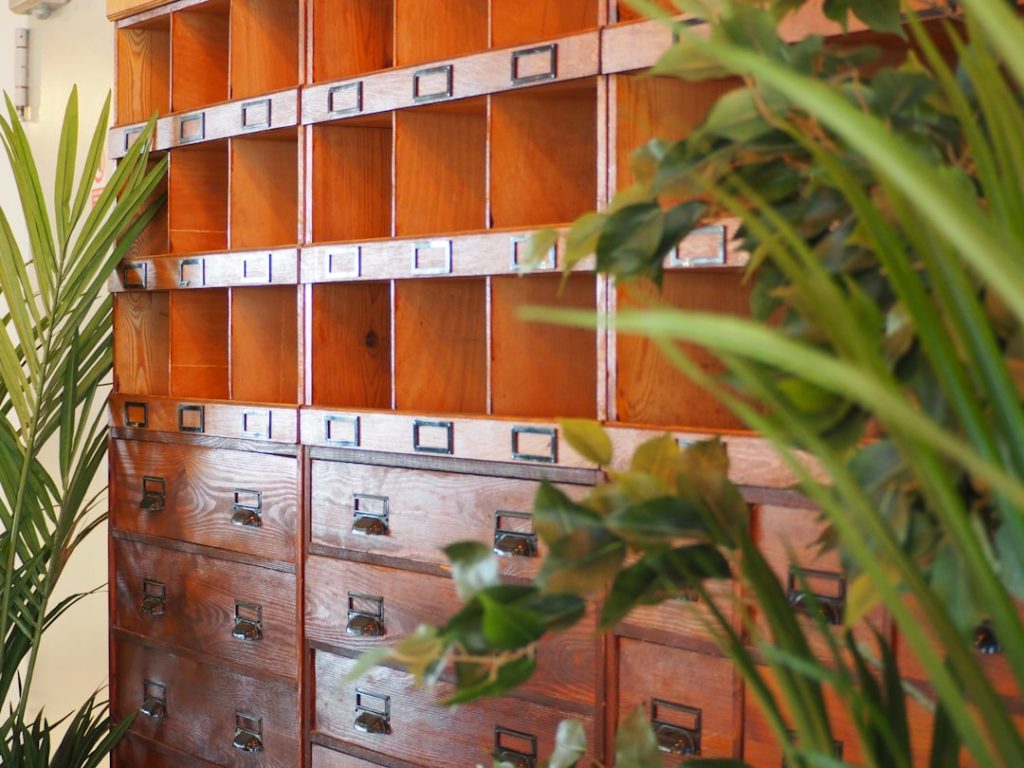Before embarking on a journey to enhance your storage solutions, it is crucial to first assess your specific storage needs. This involves a thorough evaluation of the items you own, their sizes, and how frequently you use them. For instance, if you have a collection of seasonal clothing, holiday decorations, or sports equipment, understanding the volume and nature of these items will guide you in determining the type of storage solutions that will work best for you.
Take inventory of your belongings and categorize them into groups based on their usage frequency. This will not only help in identifying what needs to be stored but also in deciding how accessible each category should be. Additionally, consider the space you have available for storage.
Different rooms in your home may serve various purposes and have unique spatial constraints. For example, a small apartment may require more creative solutions than a spacious house. Think about the layout of your rooms, the existing furniture, and any architectural features that could impact your storage options.
By understanding both your needs and the limitations of your space, you can create a tailored storage plan that maximizes efficiency and minimizes clutter.
Key Takeaways
- Assess your storage needs based on the items you have and the space available
- Choose cabinets and closets that fit the dimensions of your space and offer the right amount of storage
- Use organizational accessories like bins, baskets, and dividers to maximize space and keep items organized
- Utilize both vertical and horizontal storage options to make the most of your space
- Customize cabinets and closets to fit your specific storage needs and space constraints
Choosing the Right Cabinets and Closets
Selecting the appropriate cabinets and closets is a pivotal step in establishing an effective storage system. The market offers a plethora of options, ranging from pre-fabricated units to custom-built solutions. When choosing cabinets, consider the material, style, and functionality.
For instance, solid wood cabinets provide durability and a classic aesthetic, while metal cabinets may offer a more modern look and are often easier to clean. Additionally, think about the finish; lighter colors can make a space feel larger, while darker hues can add warmth and depth. Closets are another essential component of your storage strategy.
Walk-in closets provide ample space for organization but may not be feasible in smaller homes. Reach-in closets can be optimized with shelving and hanging systems to maximize their utility. When selecting closet systems, look for adjustable shelving and modular components that can adapt as your storage needs change over time.
The right choice will not only enhance the functionality of your space but also contribute to its overall design aesthetic.
Maximizing Space with Organizational Accessories

Once you have chosen your cabinets and closets, the next step is to incorporate organizational accessories that can help you make the most of your available space. Accessories such as drawer dividers, shelf risers, and pull-out bins can significantly enhance the functionality of your storage areas. For example, drawer dividers can keep utensils or office supplies neatly organized, preventing chaos from taking over your drawers.
Shelf risers allow you to utilize vertical space within cabinets, making it easier to access items without having to dig through stacks. In addition to these accessories, consider using clear storage bins for items that are not frequently accessed. Labeling these bins can further streamline your organization process, allowing you to quickly locate what you need without rummaging through multiple containers.
Hooks and pegboards are also excellent tools for maximizing vertical space in closets or garages, providing easy access to tools or accessories while keeping them off surfaces. By thoughtfully integrating these organizational accessories into your storage system, you can create a more efficient and user-friendly environment.
Utilizing Vertical and Horizontal Storage
| Storage Type | Advantages | Disadvantages |
|---|---|---|
| Vertical Storage | Maximizes vertical space, saves floor space, easy access to items at different heights | Requires sturdy shelving, may be difficult to reach items at higher levels |
| Horizontal Storage | Easy access to items, suitable for heavy or bulky items, can be used for work or display surface | Takes up more floor space, limited vertical storage capacity |
In any storage solution, the effective use of both vertical and horizontal space is essential for maximizing efficiency. Vertical storage often goes overlooked but can be a game-changer in smaller spaces. Tall bookshelves or wall-mounted cabinets can take advantage of height while keeping the floor area clear.
This approach not only creates additional storage but also draws the eye upward, making a room feel more spacious. Consider installing floating shelves in living areas or kitchens to display decorative items or store frequently used kitchenware. Horizontal storage is equally important and often involves utilizing furniture that serves dual purposes.
For instance, ottomans with hidden compartments or coffee tables with built-in shelves can provide additional storage without sacrificing style or functionality. In bedrooms, beds with drawers underneath can be an excellent way to store linens or out-of-season clothing while keeping them easily accessible. By combining both vertical and horizontal storage solutions, you can create a well-rounded system that caters to all aspects of your organizational needs.
Customizing Cabinets and Closets to Fit Your Space
Customization is key when it comes to creating a storage solution that truly fits your unique space and lifestyle. Off-the-shelf cabinets may not always meet your specific requirements, especially if you have an unconventional layout or specific items that need special accommodation. Custom cabinetry allows you to design units that fit perfectly into nooks or awkward corners while maximizing every inch of available space.
This tailored approach ensures that your storage solutions are not only functional but also aesthetically pleasing. When customizing closets, consider incorporating features such as built-in lighting, specialized compartments for shoes or accessories, and adjustable shelving that can grow with your needs. A well-designed closet system can transform a chaotic space into an organized haven where everything has its place.
Additionally, custom cabinetry can be designed to match the existing decor of your home, ensuring a cohesive look throughout your living spaces. By investing in customized solutions, you create a personalized environment that enhances both functionality and style.
Tips for Maintaining an Organized Storage System

Creating an organized storage system is just the beginning; maintaining it requires ongoing effort and commitment. One effective strategy is to implement a regular decluttering routine. Set aside time every few months to assess your belongings and determine what you truly need versus what can be donated or discarded.
This practice not only keeps clutter at bay but also allows you to reassess your storage needs as they evolve over time. Another important aspect of maintenance is establishing designated places for all items within your storage system. When everything has its own spot, it becomes easier to return items after use, preventing disorganization from creeping back in.
Encourage family members or housemates to adhere to this system by labeling shelves or bins clearly. Additionally, consider using a digital inventory app to keep track of items stored away in less accessible areas; this can save time when searching for specific items later on.
Incorporating Lighting and Mirrors for Enhanced Storage
Lighting plays a crucial role in both functionality and aesthetics when it comes to storage areas. Proper illumination can make it easier to locate items within cabinets or closets while also enhancing the overall ambiance of the space. Consider installing LED strip lights inside cabinets or under shelves to provide bright, focused light where it’s needed most.
Motion-sensor lights are also an excellent option for closets; they turn on automatically when the door opens, ensuring visibility without requiring manual switches. Mirrors can also serve a dual purpose in storage areas by creating an illusion of more space while providing functionality. A mirrored cabinet door not only reflects light but also allows you to check your appearance before heading out the door.
In smaller rooms, strategically placed mirrors can make the area feel larger and more open, enhancing the overall design while contributing to effective organization.
Budget-Friendly Storage Solutions
Not everyone has the luxury of investing in high-end cabinetry or custom-built solutions; however, there are numerous budget-friendly options available that can still yield impressive results. Thrift stores and online marketplaces often have second-hand furniture that can be repurposed into effective storage solutions with a little creativity. For example, an old dresser can be transformed into a stylish entryway console with added hooks for coats and bags.
DIY projects are another excellent way to create personalized storage solutions without breaking the bank. Simple shelving units made from reclaimed wood or inexpensive brackets can provide ample vertical storage in any room. Additionally, using decorative boxes or baskets from discount retailers can help organize smaller items while adding a touch of style to your space.
By thinking outside the box and utilizing available resources creatively, you can achieve an organized home without overspending on storage solutions.



